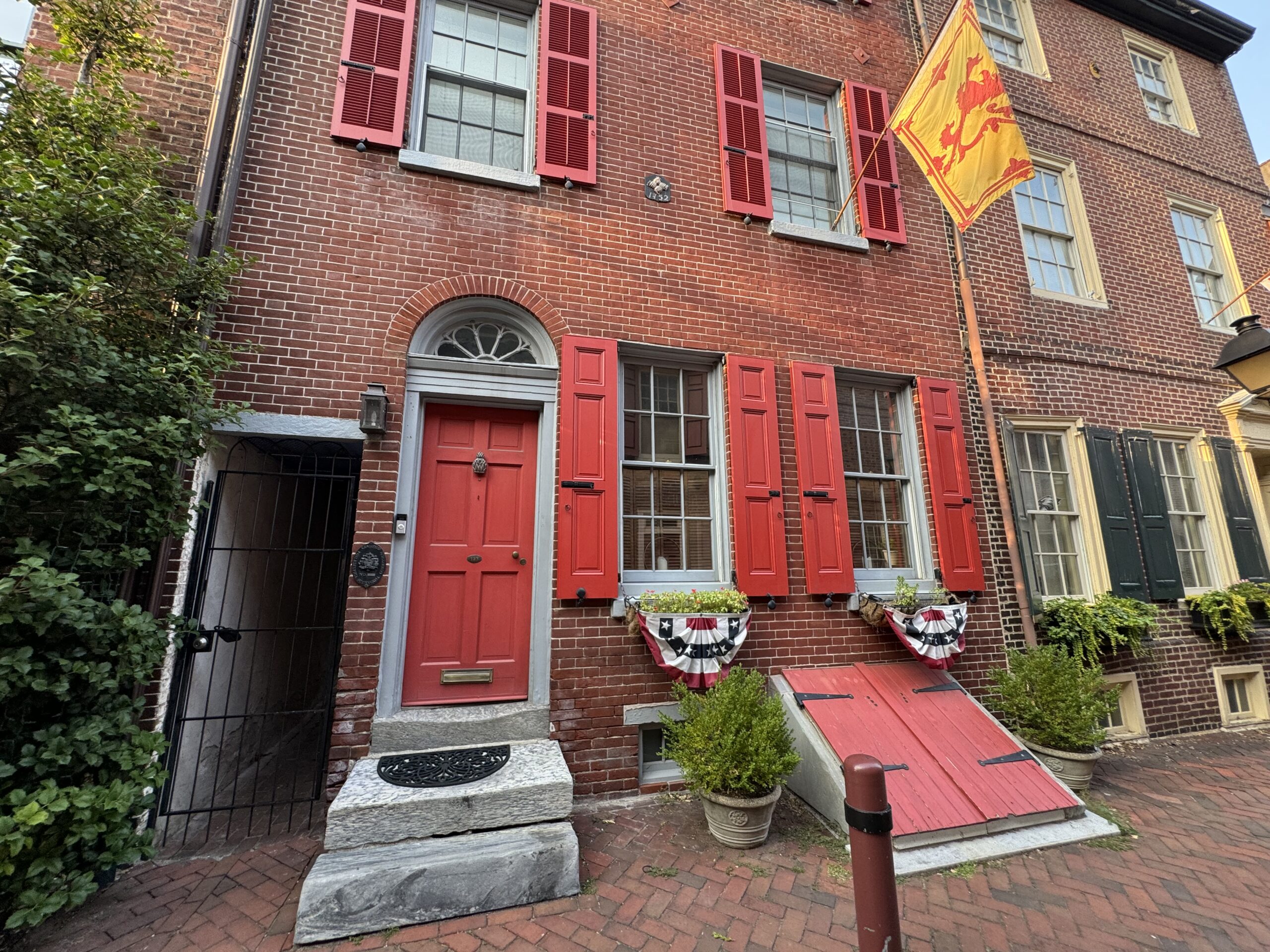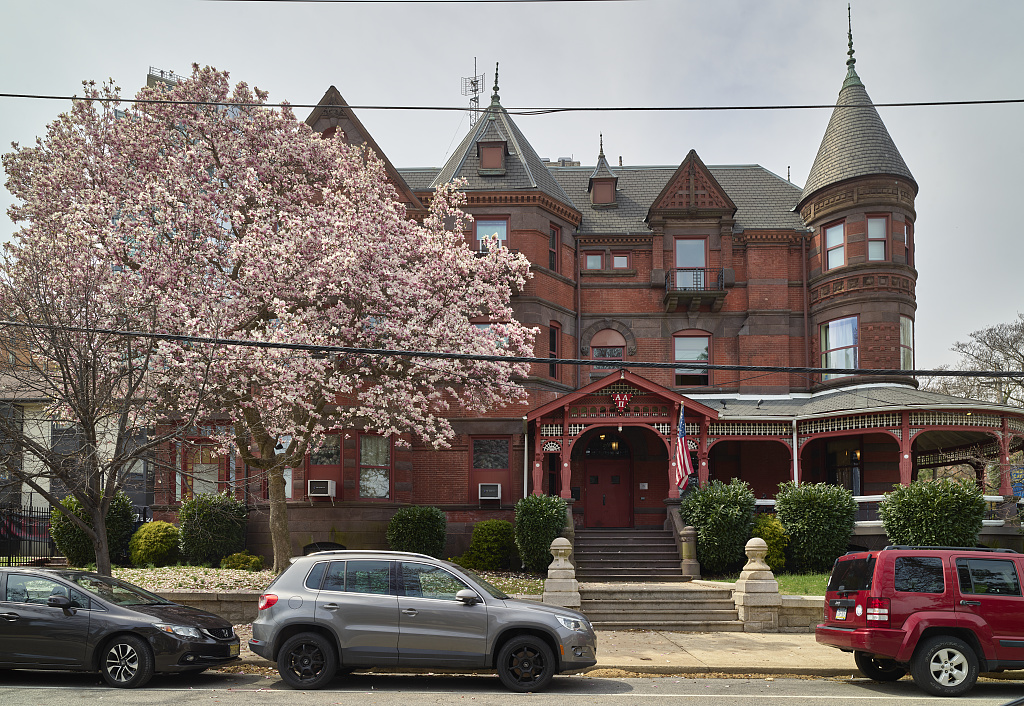architecture
The Secret Life of Buildings: Common Philadelphia Brick Styles
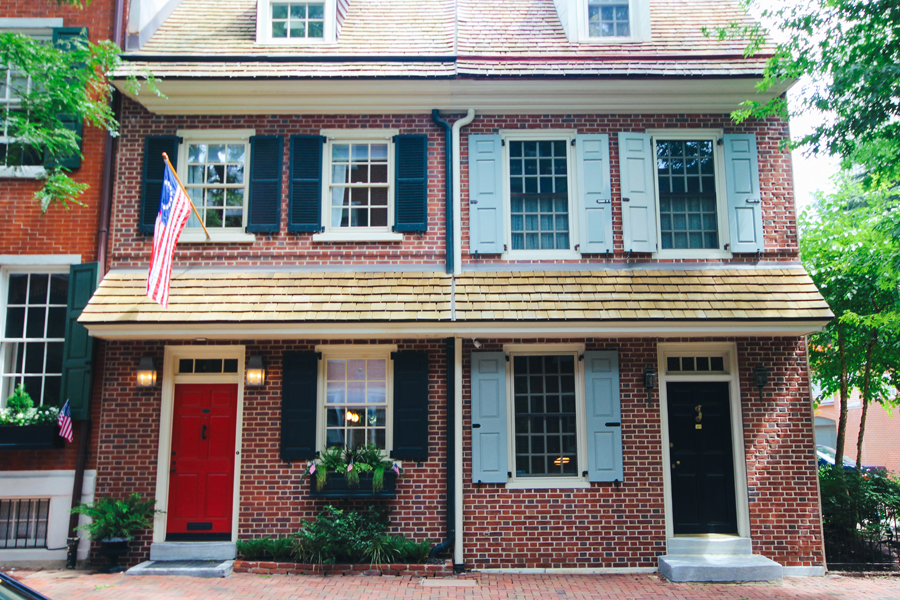
Philadelphia is a city rich with architectural history, with many private residences dating back to the colonial era. And while homes have changed significantly since the city’s founding in 1662 (we’re particularly fond of indoor plumbing and electric wiring), one element of Philadelphia rowhomes remains little changed in over three hundred years: brick.
It’s no coincidence that homes throughout the city, from stately properties in Old City to more humble rowhomes in Kensington are clad with the same material. Due to a stroke of geographical good fortune, the city rested atop a bed of high-quality brick clay just below the surface. This resource was so extensive that even after two centuries, it still provided enough clay to produce more than 200 million bricks a year by the end of the nineteenth century.
However, brickmaking declined in the 20th century, due to both automation of the manufacturing process and diminishing clay resources. Concurrently, concrete blocks were developed. Less expensive to manufacture and construct, concrete blocks quickly began to displace bricks in foundation walls and as backup for wall facings.
Yet despite the loss of brick manufacturing, brick remains an emblematic element of Philadelphia architecture.
The following brick bonds are representative of the common styles seen in Philadelphia’s historic neighborhoods.
ENGLISH BOND
Generally regarded as the oldest of bricklaying styles, the English bond is characterized by alternating courses (each horizontal row of bricks is a course) of stretchers (the long side of the brick) and headers (the narrow side).
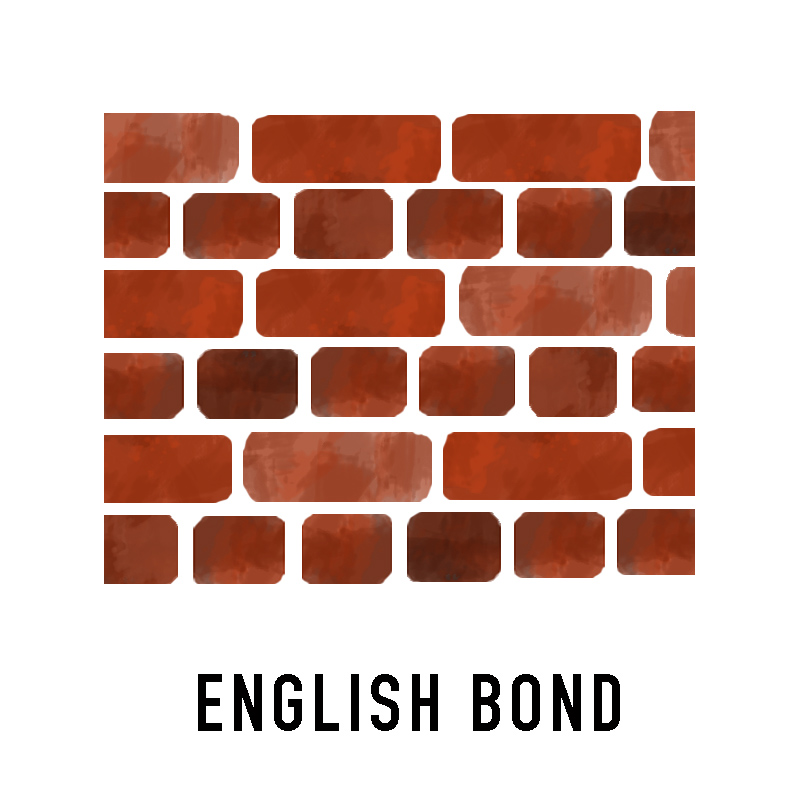
FLEMISH BOND
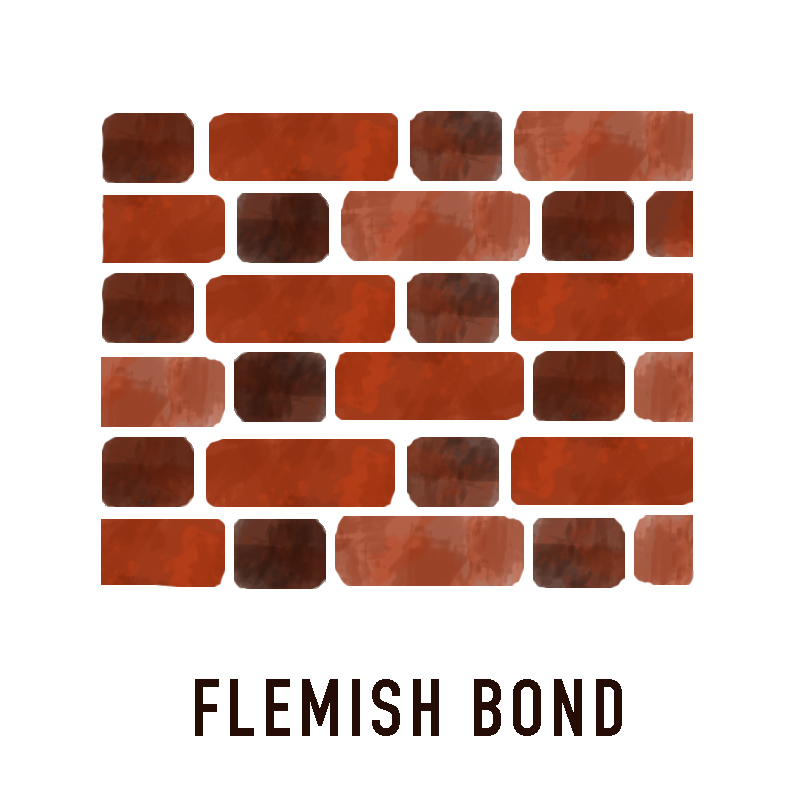
This style became popular in the 17th Century and can be seen frequently throughout Philadelphia’s older neighborhoods. In a Flemish bond, headers and stretchers alternate continually within each course. Often, bricklayers used burnt headers, creating a visually engaging facade with a mix of red and black.
RUNNING BOND
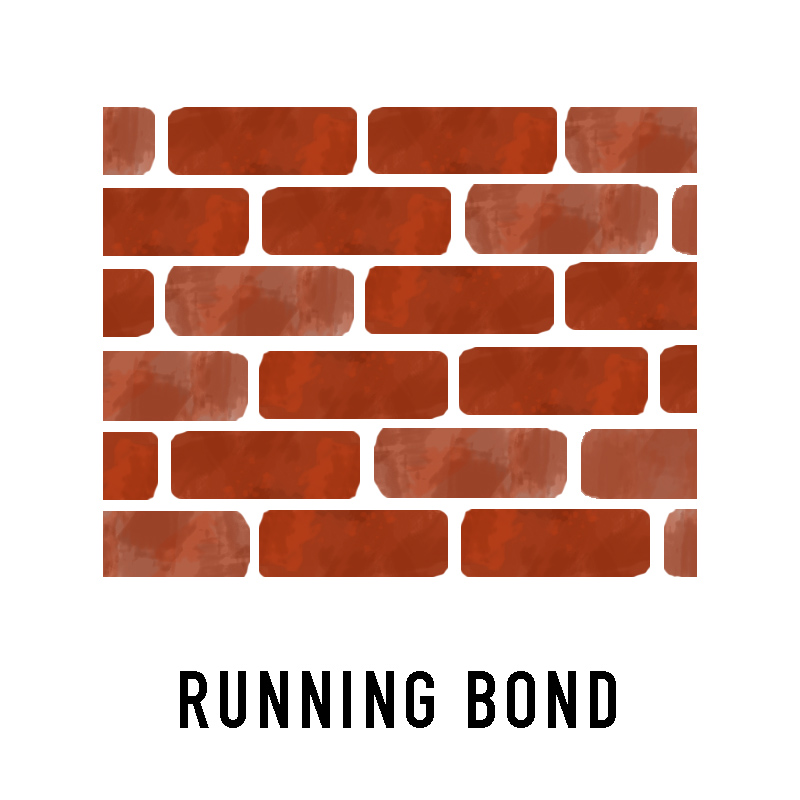
Frequently used for veneer, running bond uses only stretchers. It’s counterpart, the Common Bond (sometimes referred to as the American Bond) uses 5, 6, or 7 courses of stretchers, interspersed with a row of headers. These headers tie the wall to the backing masonry material. As it’s name implies, Common bond is commonly used, especially in historic Philadelphia rowhomes.






